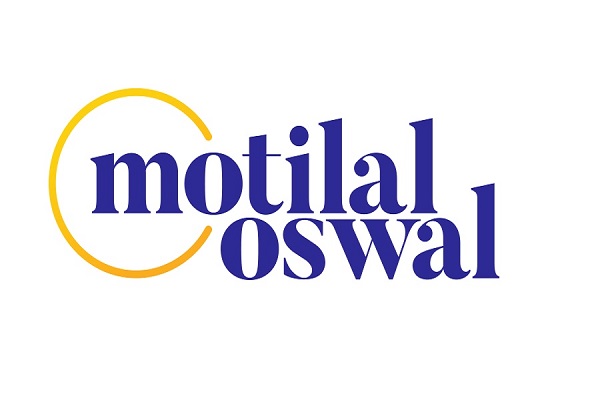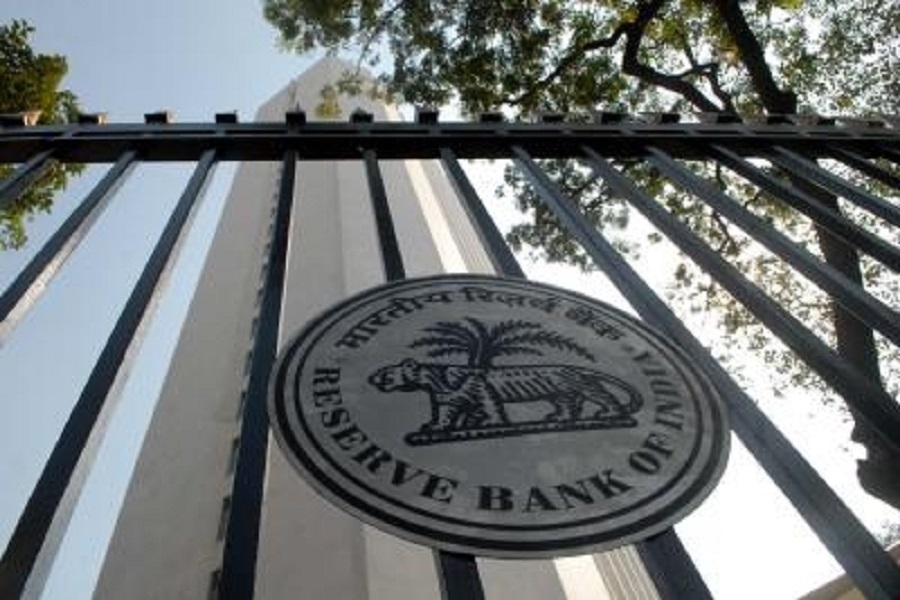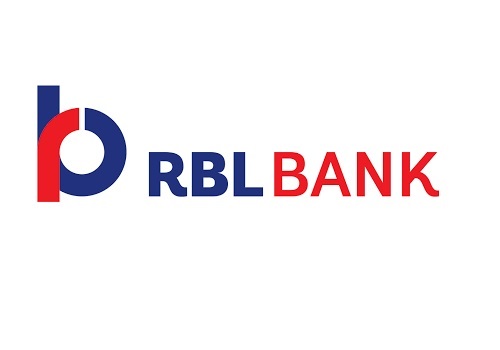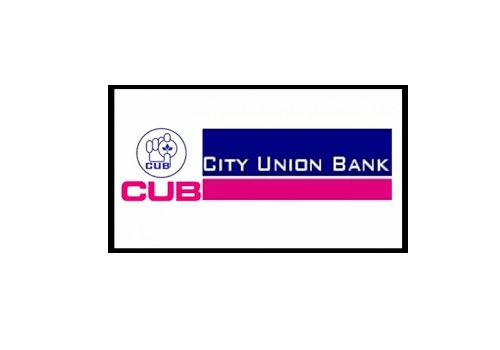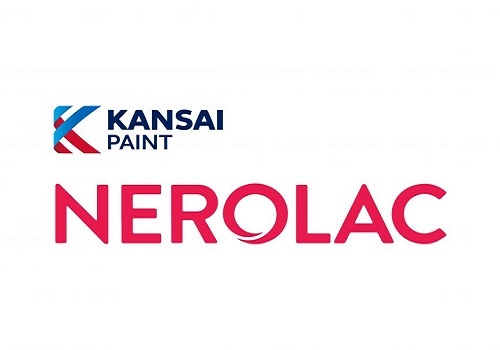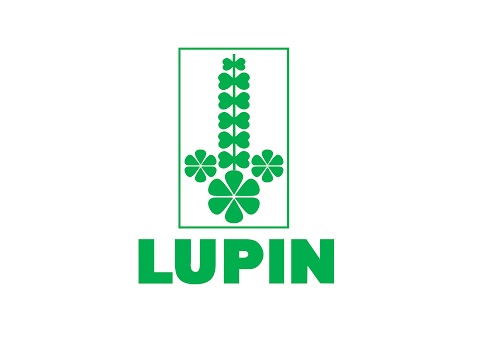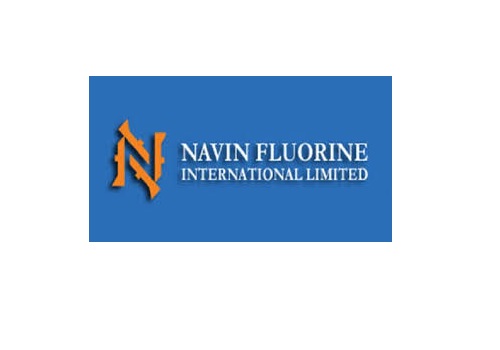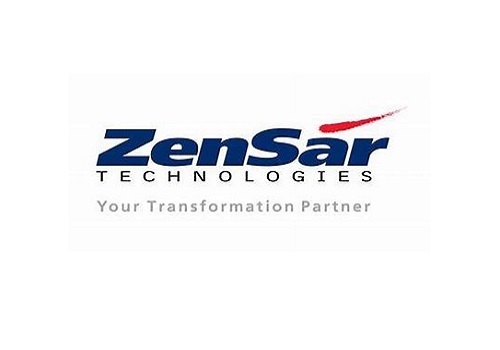Reduce IndusInd Bank Ltd For Target Rs.700 by Emkay Global Financial Services Ltd

After a challenging Q4FY25 marked by recognition of derivative discrepancies/ MFI NPAs and resignation of the entire top management team, IndusInd Bank turned profitable in Q1FY26 with PAT at Rs6bn (Emkay: Rs2bn), on higher NII (incl higher interest on IT refund), treasury gains, and lower provisions. Asset quality though remains weak, with GNPA ratio inching up by 51bps QoQ given stress across segments, incl MFI. The interim leadership (COE) is rehauling the treasury management system, has sharply cut SA rates, and targets single-digit opex growth for driving profitability. Factoring in the Q1 beat and slower opex, we revise up FY26E-28E earnings by 2%-9% and our TP by ~8% to Rs700, rolling forward on 0.9x Jun-27E ABV. However, we retain REDUCE. We believe it is prudent to wait for the new MD & CEO to allay the risk of further kitchensinking and articulate a LT strategy – particularly fixing its retail liability franchise, asset portfolio mix, risk management, and senior management team.
Weak business growth; await appointment of new MD & CEO
IIB’s loan book declined further, by 4% YoY/3% QoQ mainly due to sell-off of corporate loans and sequential decline in the consumer business segment (down ~1%) as MFI stress persists. Deposits too declined, by 3% QoQ as the bank shed high-cost deposits, while CASA deposits fell at a higher pace (down 7% QoQ) due to a drop in CA deposits, as also in SA deposits (as the bank cut SA rate aggressively). Reported NIM declined by 79bps YoY, albeit but rose by 121bps QoQ (incl a 11bps rise owing to one NPA recovery and interest on IT refund) to 3.5%, broadly in line with Q4 (adjusted for one-offs). The bank hinted at further deposit rate cuts to support margins in coming quarters. The IIB Chairman has given assurance that the bank has not rejigged the candidate list, as reported by the media, and expects the regulatory evaluation process to complete soon, paving the way for the appointment of the new MD & CEO.
Higher retail stress including MFI leads to GNPA ratio inching up
Gross slippage is lower QoQ in 1Q, albeit still elevated at Rs25.7bn/6% of loans due to continued MFI stress (Rs8.9bn), VF (Rs7.4bn), and one lumpy corporate account (50% provided). This, along with lower write-offs given subdued operating profitability, pushed up GNPA/NNPA ratio by 51bps/17bps QoQ to 3.6%/1.1%. The interim management expects asset quality to gradually improve as MFI stress eases, though we believe caution is warranted amid rising stress in the CV portfolio (11% of the loan portfolio) across lenders and given potential risk of further cleanup by the new management.
We retain REDUCE
Though the capital/LCR situation is comfortable, it is prudent to wait for the new MD & CEO to allay any risk of further kitchen-sinking as well as to articulate a long term strategy – particularly fixing its retail liability franchise, asset portfolio mix, risk management, and senior management team. We retain REDUCE while raising our TP to Rs700 from Rs650 earlier. Key risk to our call: Appointment of a marquee private banker; faster than expected business/asset quality turnaround.
Key Concall takeaways Outlook on loans, deposits, and NIM
- Vehicle and consumer finance segments maintained disbursements in line with the usual trends, while disbursements in corporate banking were calibrated and are now showing signs of recovery.
- The management indicated that the overall vehicle demand for the year would remain subdued. However, it anticipates some support from a rural uptick driven by strong monsoons, increased government infrastructure spending, and interest rate cuts.
- The bank adopted a cautious approach toward MFI, closely monitoring industry trends while implementing several initiatives to strengthen internal processes. These include enhanced quality checks such as revalidating all KYCs, improving underwriting standards, and conducting loan utilization checks across all disbursements.
- Some CDs are still in the books (issued for six months) and will come up for renewal this quarter. The management expects the CD share to decline and remain within the typical range of 3-4% of total deposits.
NIM
- NIM was supported by improving CoD on the back of rate cuts, particularly SA rate and higher overall retail loan mix, which partly offset the impact of excess liquidity and lower share of MFI loans.
- Reported NIM was higher by 11bps due to one past NPA recovery and one-off interest on IT refund.
- The bank undertook significant rate actions of up to 200bps on SA and up to 100bps on TDs in certain slabs. The full benefit of this cut is yet to fully reflect in the CoD. Further, there is a potential reduction of 40-50bps expected in SA cost.
- A significant portion of EBLR applies to the corporate segment, where yields declined by ~20bps this quarter. The impact of EBLR repricing is expected to be more visible during this quarter.
- Currently, 55-58% of the loan book is on a fixed rate. This includes VF, MFI, and parts of the retail portfolio. The remaining 43-45% of the corporate book is on a floating rate basis, of which two-third is linked to external benchmarks and one-third to MCLR. The corporate book has also contracted over the past six months.
- The management pointed to the key margin drivers – From a positive perspective, the impact of SA rate cuts is yet to fully reflect in the CoD, slower corporate loan growth is margin accretive, and liquidity deployment supports margins. On the negative side, the impact of repo rate transmission on yields, along with subdued growth in segments like MFI/Cards, may exert pressure on margins
Asset quality
- VF – Net slippages improved to 0.58% in Q1 vs to 0.62% YoY. The management expects slippages to remain range-bound through the year, supported by seasonal tailwinds and improving economic activity.
- The bank does not see any stress in the CV segment and slippages remain lower; it expects these to be better than last year’s.
- The restructured book in VF has declined to Rs850mn vs Rs4,170mn YoY, largely driven by upgrades and recoveries.
- MFI slippage remains elevated compared to normalized levels, and has declined meaningfully on QoQ basis. The management expects gradual stabilization by 2H, supported by resolution of the legacy stress and steady performance of the new disbursements.
- The 31-90DPD for MFI was steady at 2.2% in Jun-25 vs 2.3% in Mar-25.
- The Gems & Jewelry portfolio continues to exhibit strong asset quality, with no accounts in the SMA1 or SMA2 categories. However, growth is muted due to an industry-wide slowdown.
- Gross slippage in the corporate book stood at 17bps, ie Rs2.45bn. This was primarily driven by one manufacturing account of Rs1.18bn, for which 50% provisioning has already been made, along with a few smaller slippages. Further, the management expects corporate slippages to improve, supported by a healthier early delinquency profile.
- The combined SMA1 and SMA2 books have declined to 14bps from 24bps QoQ. Additionally, the corporate restructured book has reduced significantly to Rs1.32bn from Rs5.69bn YoY.
- The gross slippages: Vehicle Finance—Rs7.43bn; Corporate—Rs2.45bn; Other Retail— Rs6.92bn; and MFI—Rs8.88bn.
Others
- The bank focused on two key objectives this quarter: first, restoring trust in the institution, which remains the foremost and immediate priority; and second, ensuring the seamless continuation and execution of all core business operations.
- The bank has taken decisive action to address all legacy issues. During Q1, the Board and management dedicated significant time and effort to resolving concerns related to legacy matters, treasury operations, and microfinance issues that were identified in the previous quarter.
- In the Treasury function, the bank has discontinued internal deals and initiated the upgrade of the Calypso system to its latest version. This enhancement will strengthen trade management controls and improve overall monitoring capabilities.
- The bank has established a dedicated Project Management Office responsible for benchmarking its internal control processes and policies against industry-best practices and addressing any gaps identified.
- The bank has made significant progress on the CEO appointment process. The recommendations were submitted within the prescribed timelines and are currently under regulatory review. Further, there has been no change in the bank’s CEO recommendation, and the name submitted to the regulator remains the same as originally proposed.
- Senior management succession is ongoing, with some superannuations and open positions expected to be filled in due course. Once the new MD & CEO is in place, the bank will look to appoint two Whole-time Directors in due course.
- Fee income was impacted by lower disbursement in MFI and VF, along with subdued corporate fee income.
- The bank has adequate capital and does not see an immediate need to raise funds. A routine enabling resolution has been passed at the AGM for fundraising, as is standard practice.
- The bank continues to work toward reducing the cost-to-income further.
- Q1FY26 PAT does not include any one-offs from prior periods.
- Excess liquidity stands at Rs527bn.
For More Emkay Global Financial Services Ltd Disclaimer http://www.emkayglobal.com/Uploads/disclaimer.pdf & SEBI Registration number is INH000000354
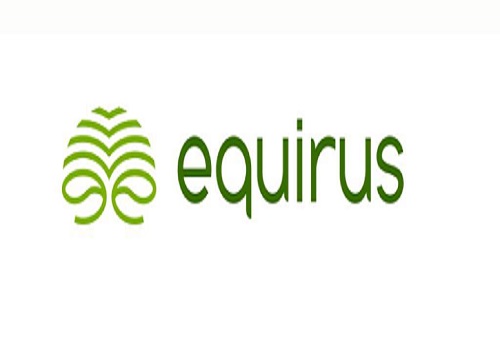



.jpg)


